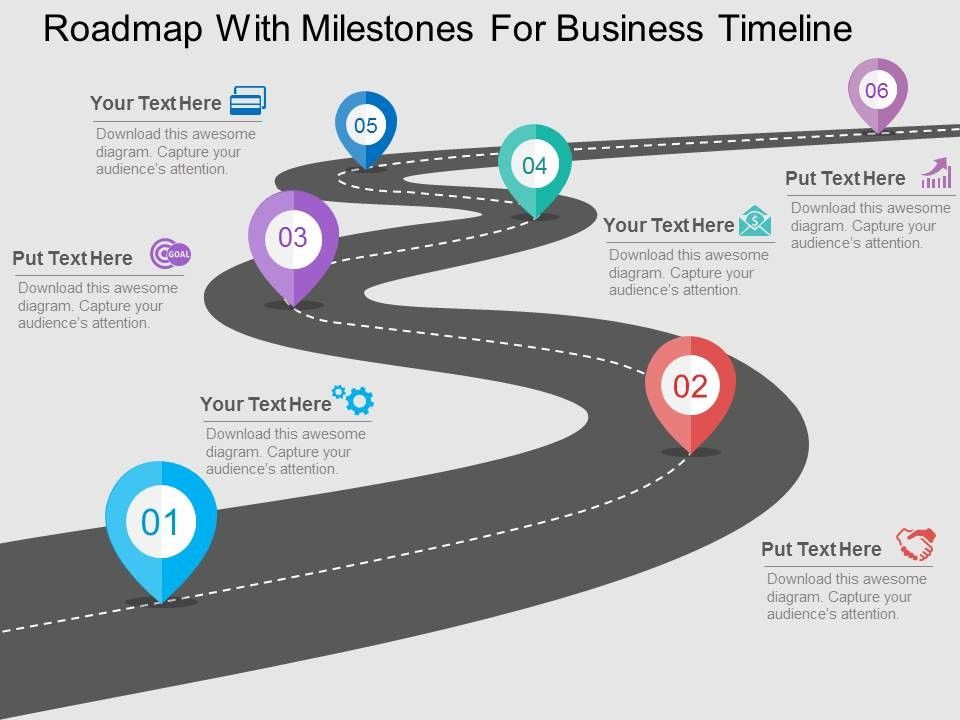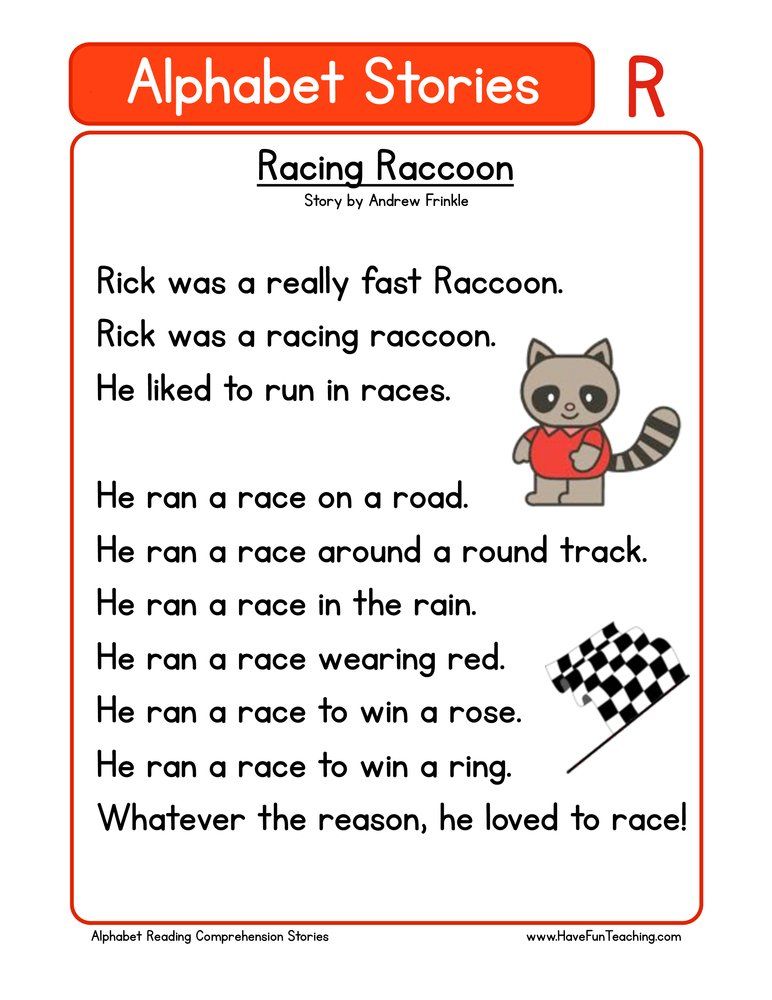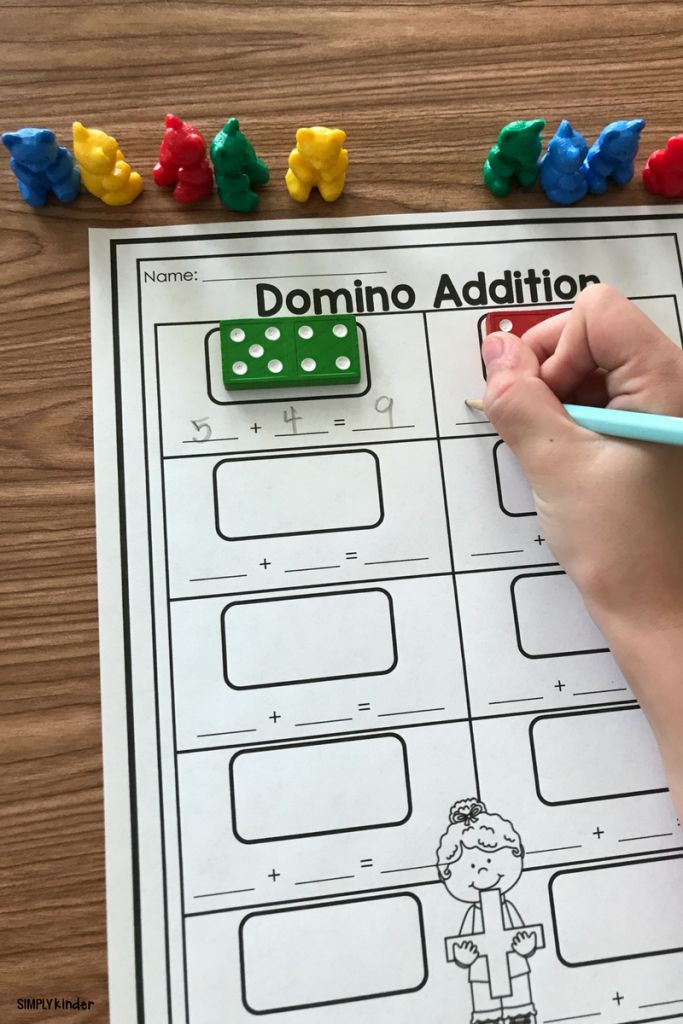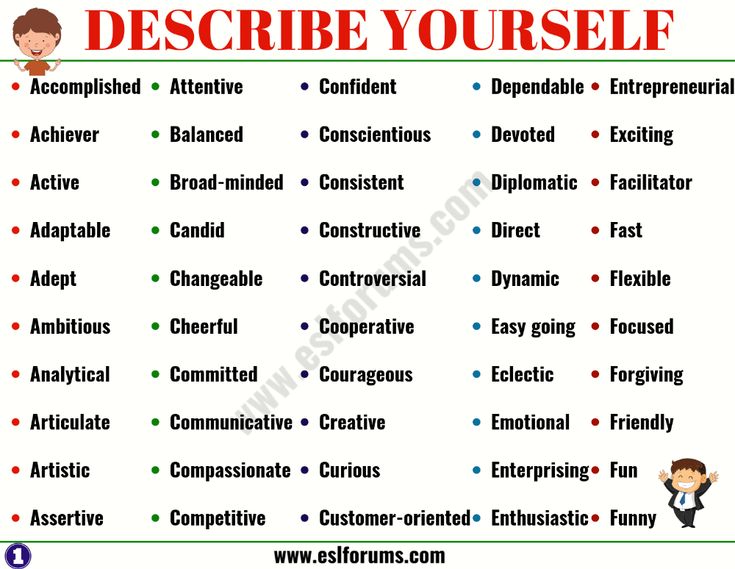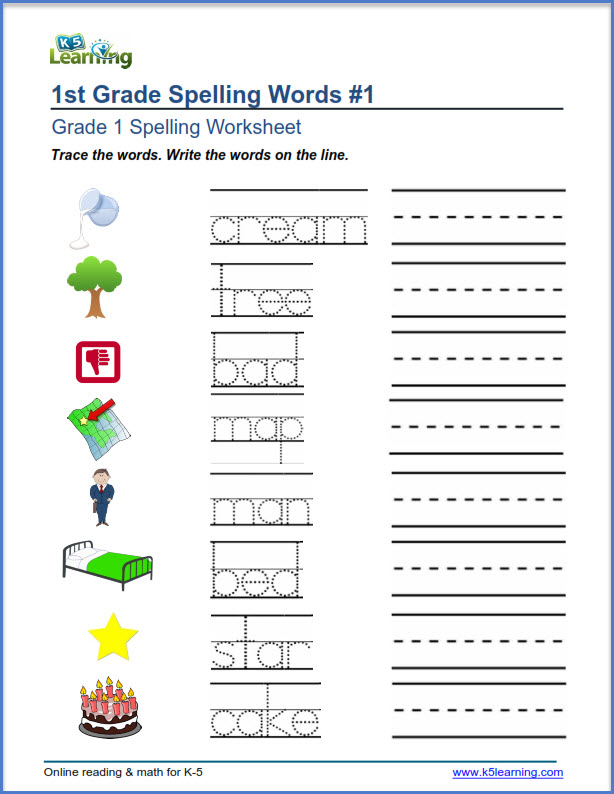Letter of the day worksheet
Letter of the Day Worksheets - NO PREP
- Description
- Reviews (0)
Description
These fun letter of the day worksheets help students practice both upper and lowercase letters by writing, tracing, finding, and ordering letters.
~~~ What’s Included ~~~
+ Entire alphabet in colored worksheets – 26 pages
+ Entire alphabet in black & white worksheets – 26 pages
+ Total of 52 worksheets
~~~ Letter of the day no-prep worksheets that focus on ~~~
+ Tracing the letter (uppercase and lowercase tracing)
+ Writing the letters
+ Finding the letters
+ Ordering the letters correctly
+ Identifying items that start with the letter
Looking for More Resources?
- Letter Recognition Worksheets
- Basic Alphabet Sentences
- Alphabet Tracing: Uppercase & Lowercase Letters
- Alphabet Flashcards (Aa)
- More Letter Worksheets: A, B, C, D, E, F, G, H, I, J, K, L, M, N, O, P, Q, R, S, T, U, V, W, X, Y, Z
—————————————————————————————————————————-
~~~ What Do I Receive After Purchase? ~~~
You will receive a download link to your printable PDF. Some worksheet sets will contain a colored version and/or black and white. Be sure to double-check the product listing before purchasing to ensure you are buying the correct one for your needs. This product is a digital PDF download. There will be no physical product shipped.
~~~ How Will I Receive the Worksheet(s)? ~~~
1. Purchase the worksheet via our listing.
2. Once your payment has been processed, you will receive a link to download the PDF under the purchases and reviews tab. If you are purchasing as a guest and do not have an account, look for a link in your receipt email.
3. Print the product and have fun!
~~~ How to Use These Worksheets ~~~
Print the page(s) you wish to use. You can choose to print all pages for each student or print a classroom set. You will typically need one page per student unless otherwise noted.
~~~ Tips for Proper Use ~~~
We highly recommend printing these worksheets on 8.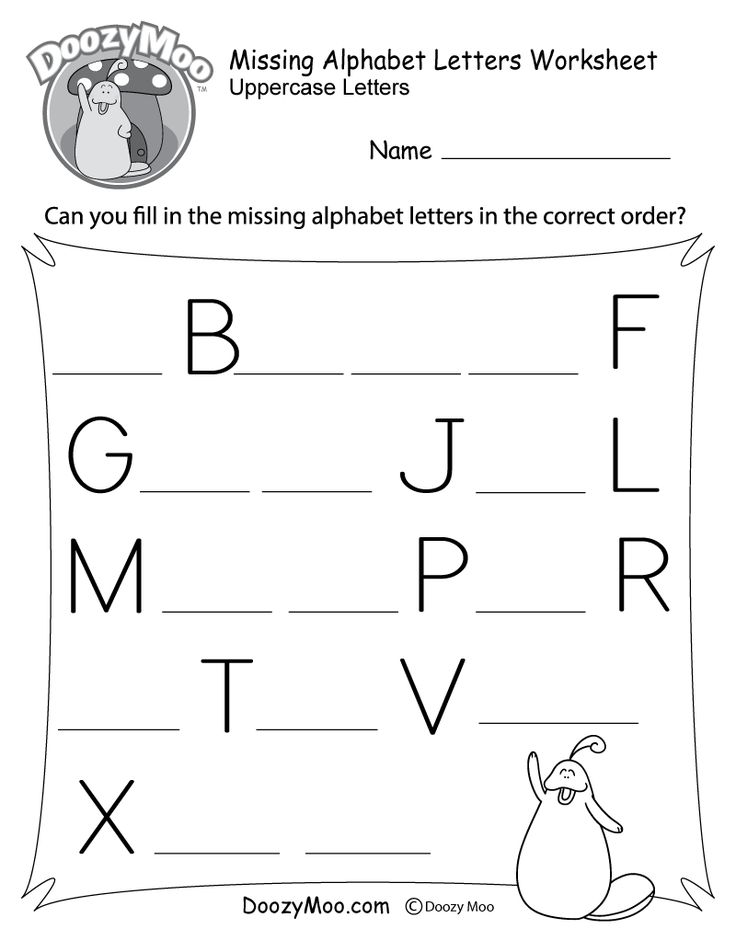 5” x 11” standard paper. Some products are no-prep, whereas others may require you to laminate them before use. Laminated products are best used with dry-erase markers. If you do not have a laminating machine, use page protectors or any similar sleeve.
5” x 11” standard paper. Some products are no-prep, whereas others may require you to laminate them before use. Laminated products are best used with dry-erase markers. If you do not have a laminating machine, use page protectors or any similar sleeve.
~~~ Information About Refunds & Exchanges ~~~
Each download is non-refundable. If you have any questions about a specific download or feel our team has incorrectly made something, please reach out, and we will work with customers on a situational basis.
~~~ Questions/Comments? ~~~
Please reach out to [email protected] or message our team via the contact page. You will receive a response as soon as possible.
~~~ Terms of Use ~~~
These printables are created by Education Outside and are intended for one classroom/parent/tutor. Duplication for an entire school or commercial purposes is strictly forbidden without written permission from an authorized representative from Education Outside.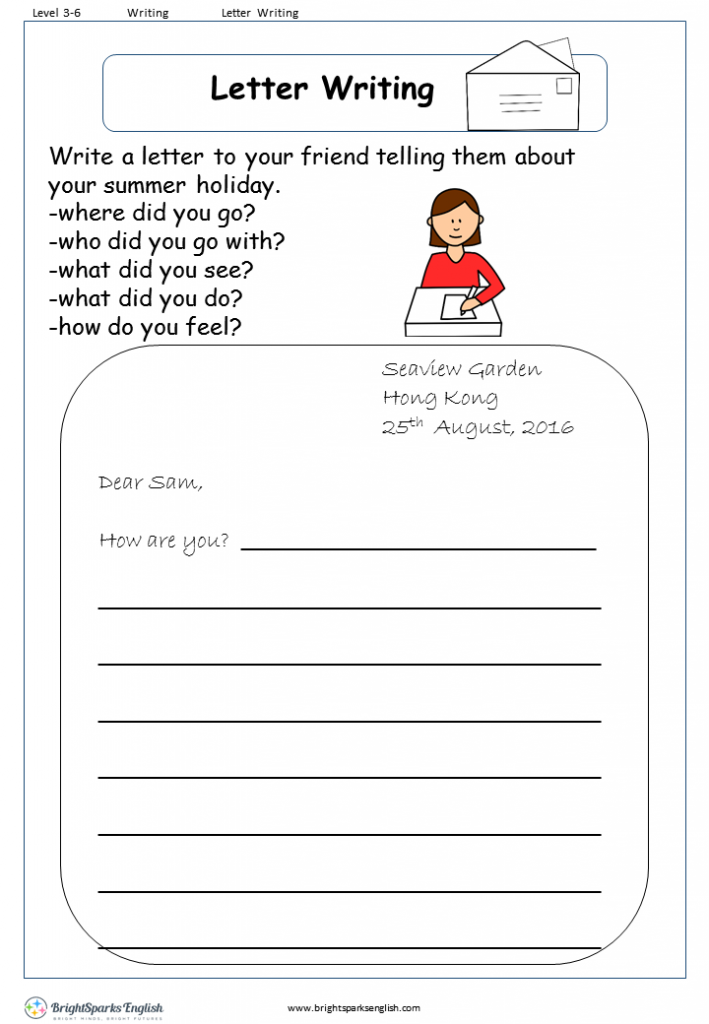
~~~ Clip Art and Fonts ~~~
Every printable worksheet is designed and created by the Education Outside team, but there are a few designers we would like to credit. All fonts and graphics are from these sellers, and Education Outside holds a commercial license.
– Kimberly Geswein Fonts
– Brittney Murphy Design
– Whimsy Clips
– Amy Groesbeck Fonts
Explore Other Categories
26 "Letter of The Day" Crafts and Activities
Anyone who has been part of the Little Learning Club community knows I love worksheets. Partially because I have seen such progress with my toddler and her development while using them, but also because SHE loves them! She requests to sit and do “school time” ALL. THE. TIME!
I recently shared that we have been working on a new letter each day in order to help Emmy with her letter recognition and sounds associated with that letter.
You can see how we are working through each letter with the worksheets shown below. You can grab a copy of them here!
You can grab a copy of them here!
While worksheets are great, I also know how beneficial it is to have a wide variety of activities. We’ve also started doing a hand-on craft that starts with our same letter of the day. We’ve only just begun, but it has been super fun!
If you are not following us on Instagram yet, that is where we will be sharing our daily projects! Follow along here.
Before we started this educational endeavor, I spent some time on Pinterest researching which crafts we would do each do so I could prepare and gather supplies.
I tried to stick with somewhat similar style activities (lots of paper plate and handprint style crafts). This kept the cost of supplies low and less stuff to store over the weeks.
So with that being said… here is our plan! One fun project each day! I’ve tagged all the blogs where these ideas came from, so if you see one you really love, be sure to browse their site for more.
Enjoy!
How cute is this apple stamping activity from Premeditated Leftovers? I love how they added the apple seeds to their painting as well!
We have already completed our letter A activity! Check it out below!
B is for BUS! This is a simple craft that allows for a wide variety of age groups.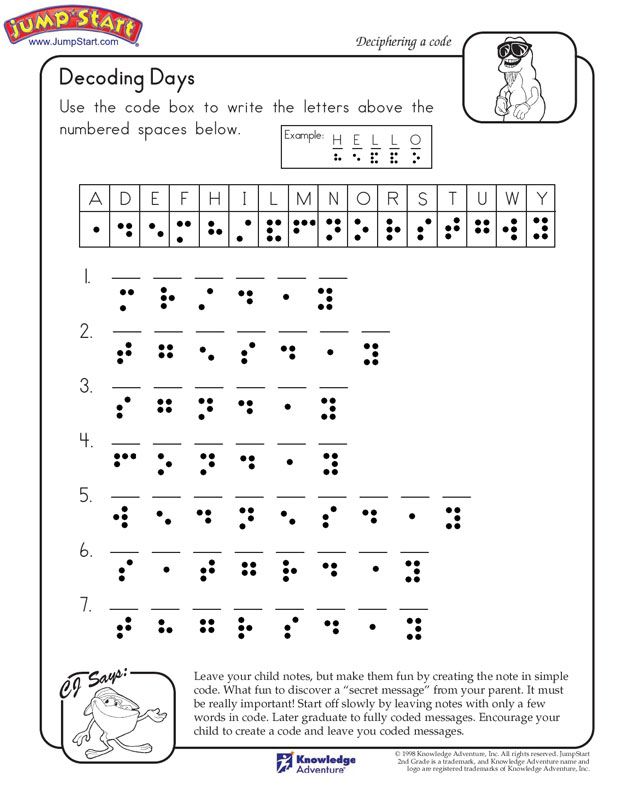 With little ones, you can pre-cut the brown or black squares and circles that make up the windows and wheels. With older kiddos who has started mastering the scissor skills, allow them to cut out the shapes. Either way, I know there are a ton of bus loving tots out there who would love this activity! Image via Pinterest
With little ones, you can pre-cut the brown or black squares and circles that make up the windows and wheels. With older kiddos who has started mastering the scissor skills, allow them to cut out the shapes. Either way, I know there are a ton of bus loving tots out there who would love this activity! Image via Pinterest
C is for Caterpillar! The Very Hungry Caterpillar is one of our favorite books (if you don’t have a copy, grab on here!) and this craft accompanies it so well! Brought to you by Toys In The Dryer
Both of my kids love any and all handprint crafts. There’s something about getting their hands all messy that gets them so excited! So this Duck activity is the perfect craft for Letter D Day! Photo via 123 Homeschool 4 me
E is for Elephant! Another great paper plate activity from Crafty Corner DIY. Your toddler can paint there elephant any color their want!
I can’t get over how adorable this Fish tank is! Your kiddos can get super creative with what they add to their tank; flowers, a small fish house, even a mama fish and a baby fish! Craft from Director Jewels.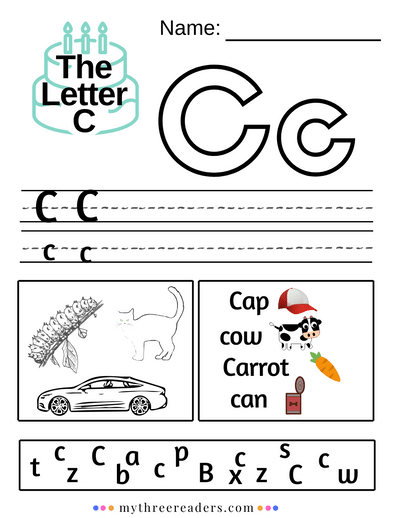
Material typeDirect Methodgrammar drillsstudent learning stylesweb tools for teachersadapting the textbook to this groupword search puzzlegramgrammargramming exercisesbusiness Russian languagesocial development dynamics in the classroomclass disciplinehomework (how to ask, check, evaluate) activities and gamesgamesideas for saving timeusing facial expressions and gestures in teachinghow to use the Internet in teachinghow to use pictures in teachinghow to use music in teachinghow to use stories in teachinghow to use films and videos in teachinghow to start the first lessonhow to teach courtesyhow to teach presentations to studentshow to teach students who require special attentionhow to give instructions the right wayhow to ask questions the right wayhow to teach without technologyhow to teach in crowded classroomshow to teach in mixed classes in classroomshow to teach grammarhow to give private lessonshow to encourage creativity students how to promote group learning how to promote independent learning how to increase vocabulary how to manage student projects how to teach listening comprehension how to teach correct pronunciation of words how to teach spelling how to teach speech and conversation how to teach composition how to teach reading made by students methods of memory development students motivation beginning and end receptions in the lessons discussion and critical thinking training on the basis of a given task (solving a problem with communication in Russian) communication, dialogues Description of a picture description of a picture design of a classroom room translation from one language to another Ob' base Who or Topic Subject-Based Language TeachingDynamic Methods in TeachingKnowledge Testing and AssessmentWorksheetWorksheetDifferent Learning IdeasTime AllocationRole PlayingPicture DictionaryPicture DictionaryTips and Tutorials for Creating WorksheetsTips for New TeachersCurriculum DesignText for ReadingTestTechnical Tools for LearningReading and Comprehension of TextTemplates
Solution no
Additional filters
Business letter: 21 common mistakes
You try, write, choose the right words - and it's all useless! A potential partner or investor does not open or scroll through your business letter without even deigning a response.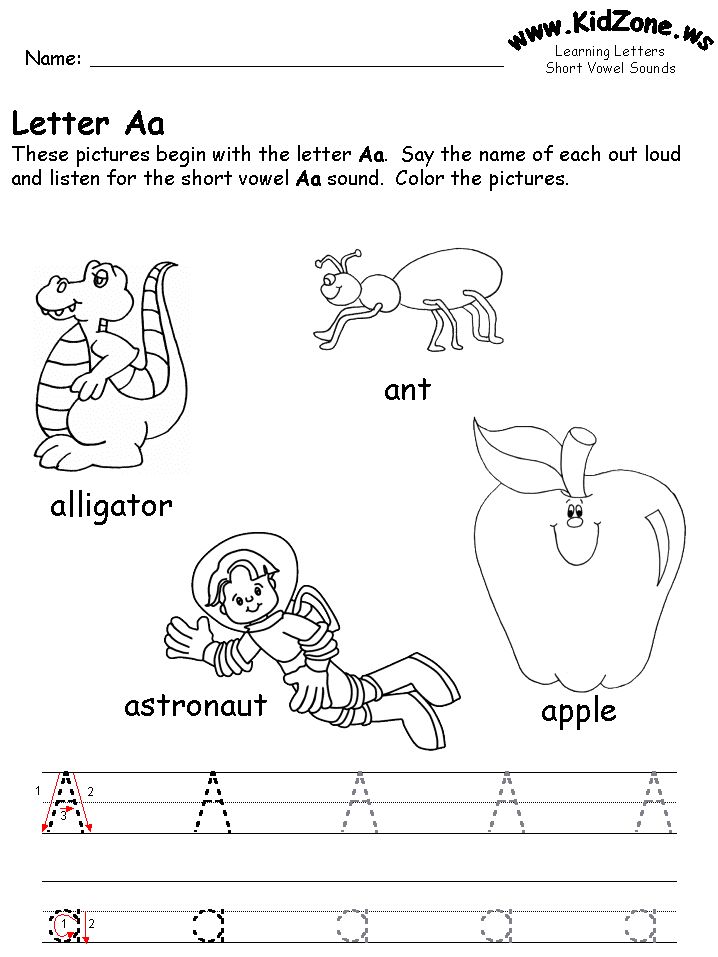 Familiar situation? In our new article, we tell you how to conduct business correspondence correctly and what to write in a letter so that it is read to the end.
Familiar situation? In our new article, we tell you how to conduct business correspondence correctly and what to write in a letter so that it is read to the end.
Who is this article for?
Just note: we are talking about e-mails. If anyone else uses regular mail, we assure you, the rules are the same. In principle, all these rules also apply to regular mailings, which we have already written about. Now we are talking about business correspondence.
If you are:
- an entrepreneur who communicates with people important to the business;
- an employee who writes to the boss or future management;
- people who are interested in the basics of Internet etiquette and human psychology - then feel free to read, it will be interesting.
Features of business correspondence:
- smooth, calm presentation - not to be confused with dry bureaucratic language;
- communication strictly on the case - to convey certain information to the addressee;
- small volume - A4 sheet is more than enough;
- observance of subordination, no familiarity.
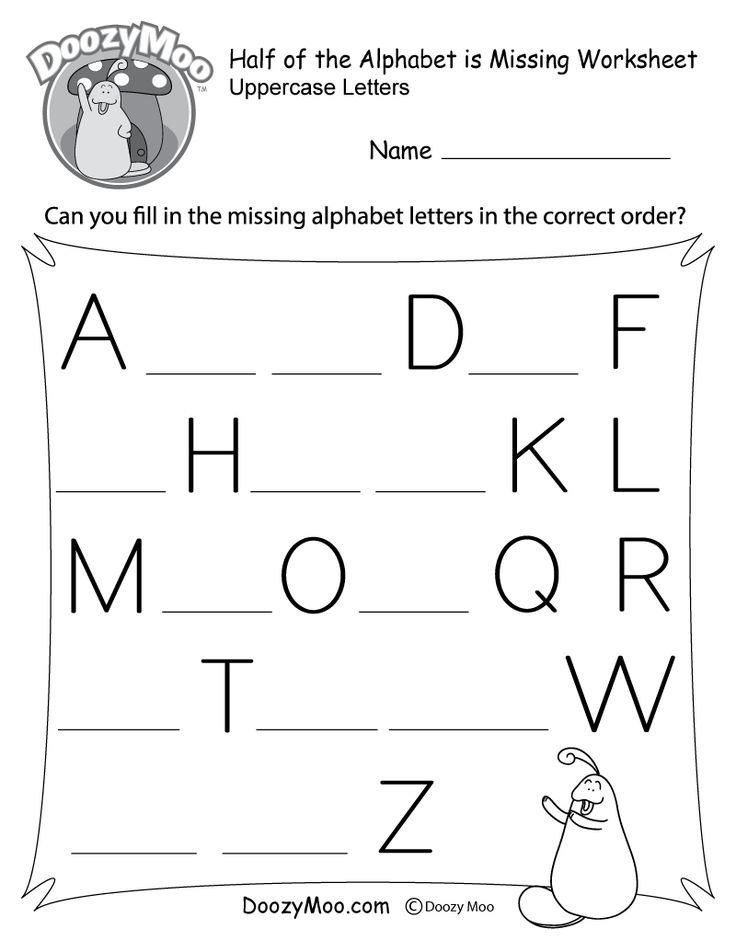 In special cases, when an informal, non-working relationship develops with the addressee of a business letter, of course, this rule can be neglected. But it will not be quite a business letter, but a friendly one, agree?
In special cases, when an informal, non-working relationship develops with the addressee of a business letter, of course, this rule can be neglected. But it will not be quite a business letter, but a friendly one, agree? - gives a special solidity to a letter written on the letterhead of the company. It should contain the logo and name, details and contact details, site address.
The current situation in the country and the world is gaining more and more momentum every day.
Today every entrepreneur asks himself: “What will happen to my business now?”
If you succumb to the general panic and “freeze” the company, then nothing good will come of it. If you see that a crisis is inevitable and the company's income is already starting to decline, do not suspend your activities. In no case do not reduce advertising costs and do not stop promotion (unless, of course, you were closed due to a government decree).
Direct maximum efforts and attention to promoting your company and increasing the flow of new customers.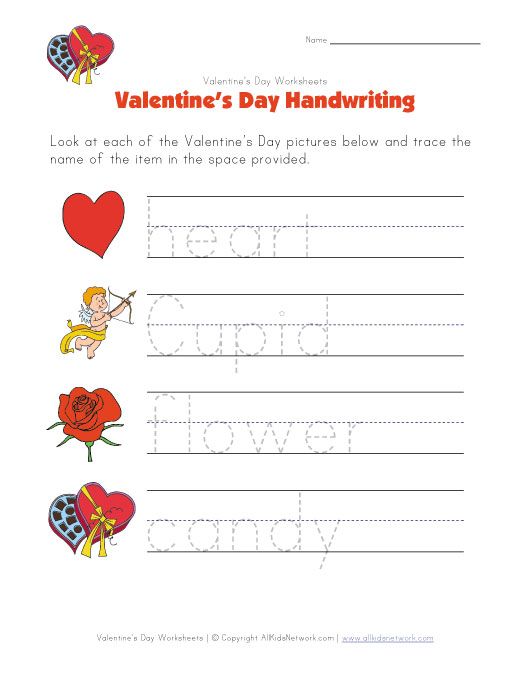
In order for you to have an understanding of how to behave during a crisis, I will share with you useful tools that helped us not only overcome the crisis, but also emerge victorious from it.
Below you can download a checklist of simple and affordable tools for any company to attract a steady flow of new customers or return existing ones. And also get 9 as a bonus0061 free use of our services to increase applications from the site within 7 days and a 30% discount on their connection. We wish you good luck, new clients and big sales!
Types of business letters
Consider what types of business letters are:
- Informational . Such letters do not require a response - you write them to tell the recipient about some information. For example, you own an online store and announce that tomorrow is the last day of discounts. Or that prices change. There are many types of information letters: they can declare intentions, remind you of an important event, confirm the delivery and receipt of goods, and so on.
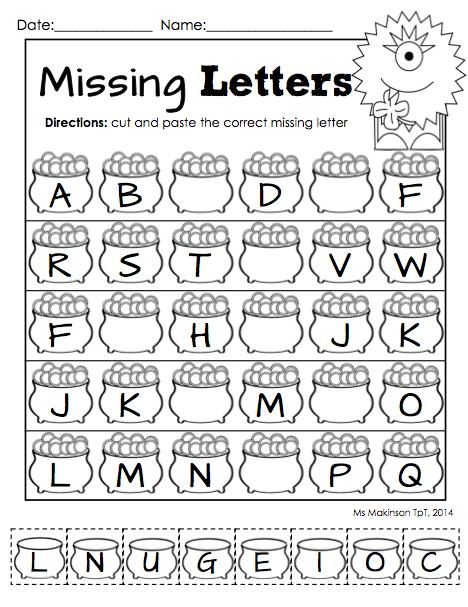
- Request letters . How often entrepreneurs, especially beginners, have to write them! These are appeals to investors with a request to sponsor your cool project, countless proposals for cooperation, all kinds of requests to find out, for example, some information.
- Post-letters - something that sometimes needs to be written after meeting with the addressee. In this letter, recall the main topic of your meeting, express your attitude towards it, emphasize that you want to continue cooperation and offer your option for the time and place of the next meeting.
- Warranty . If you have already agreed on cooperation, you may soon need the need for these types of letters. In them, you give guarantees that you will fulfill your obligations: you will do the work on time, pay for the service, bring the goods on time, and so on.
- Work letters are the ones that every company sends and receives every day. This is correspondence with partners and clients: conclusion of contracts, discussion and negotiations, familiarization with the price list and product catalog, reminders of meetings - routine work processes.

- Complaint letters — yes, it does. Usually they are written when one side is dissatisfied with the actions of the other. And not just actions, but obligations enshrined in the contract. For example, Vasya entered into an agreement with suppliers of goods, and they, such radishes, constantly delay the deadlines. Or he bought a car and it broke down.
- Non-working letters are messages that are not directly related to your activities. These are congratulations, thanks for the work and even condolences - everything happens in life.
- Summary and recommendations - it's simple. Either you write a resume and back it up with a cover letter, or you make a recommendation for your employee or partner.
Business letter structure
- Header. Composing email headers is a whole science. In short, the headlines of business letters should be as useful as possible for the addressee.
Provocations and humor are hardly suitable here: we write to serious people, remember? Now, if you get to know the person better, then you can try, but for now it’s better not to risk it.
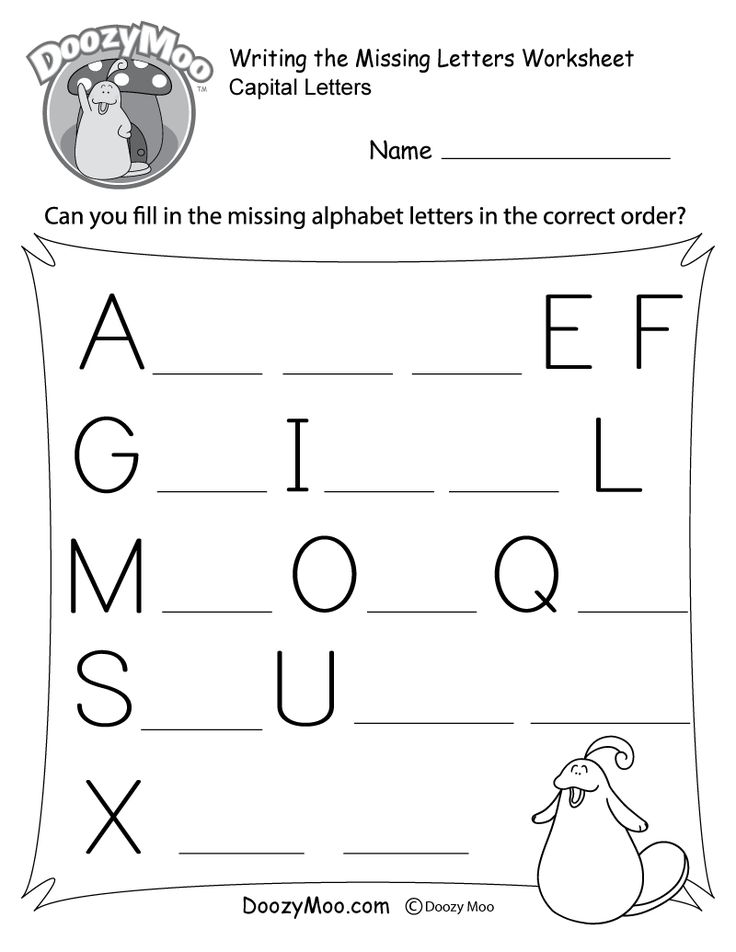
- Introduction. Like a regular business letter, it begins with an introduction, or preamble. In it you say hello and tell the very essence, the very meat. Take care of the addressee's time: immediately tell what you need from him. “I, Vasya Pupkin, came up with a cool startup in the field of Internet marketing (construction, beauty, industry, auto - depending on your field of activity) and I ask you to get acquainted with it and support it financially. The main mistake at this stage: spreading thoughts along the tree, mumbling, not moving on to the essence of the issue.
- Main body. Everything is simple here: you tell in detail what your idea is, set out facts and arguments that can interest the addressee. If we return to Vasya and his startup, he will explain what is its essence, benefit and benefit for humanity in general and for the addressee of the letter in particular. He will give figures and facts, the opinion of the target audience, the opinion of experts.
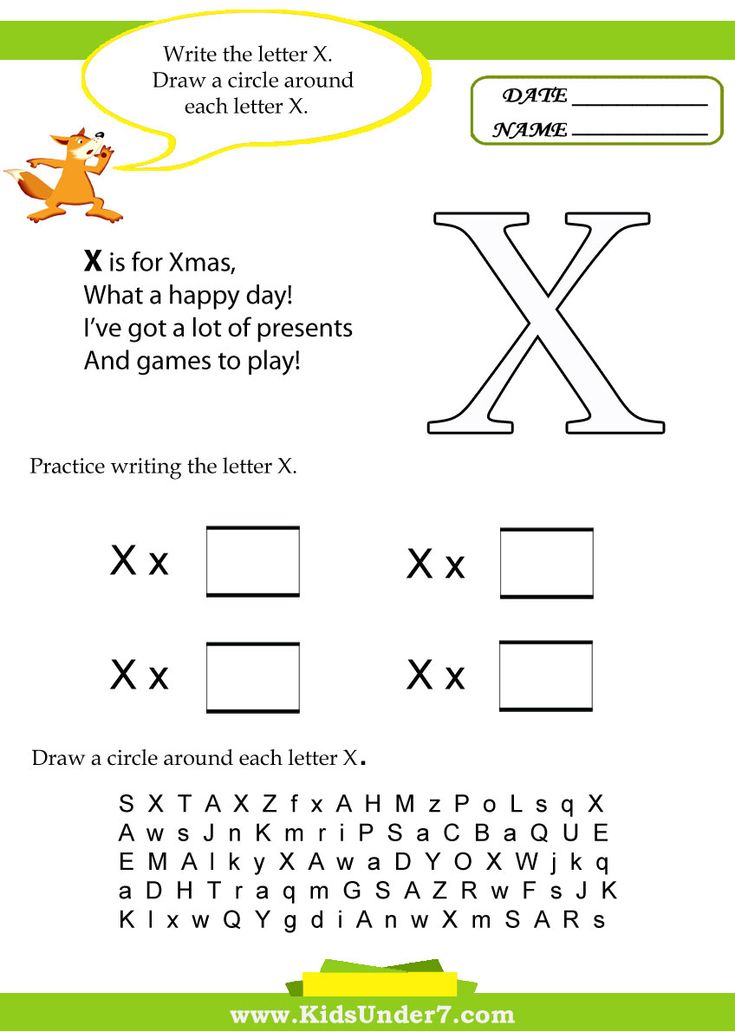 We believe in Vasya, he can!
We believe in Vasya, he can! - The most important thing. If you ask, ask again. If you are asking, be specific and specific. If you hope for cooperation, once again clearly formulate your proposal. And all this in a few lines.
- Conclusion. Thank you for your attention and express your hope that the recipient will answer you or take another necessary action. Use a call to action like in sales texts or videos.
- Specify your data: full name, contacts, name of the organization and its details.
- Attached files. Often this is forgotten, but in vain. Many people find visual information easier to appreciate than just letters and lines. Attach photos to the letter for the most complete idea of the subject of the letter, attach the necessary documents to assure the addressee of your solvency and seriousness of intentions.
The most common mistakes in business letters
Yes, thousands of polite and well-mannered people for some reason forget to say hello, starting a letter with the words “Dear (s) .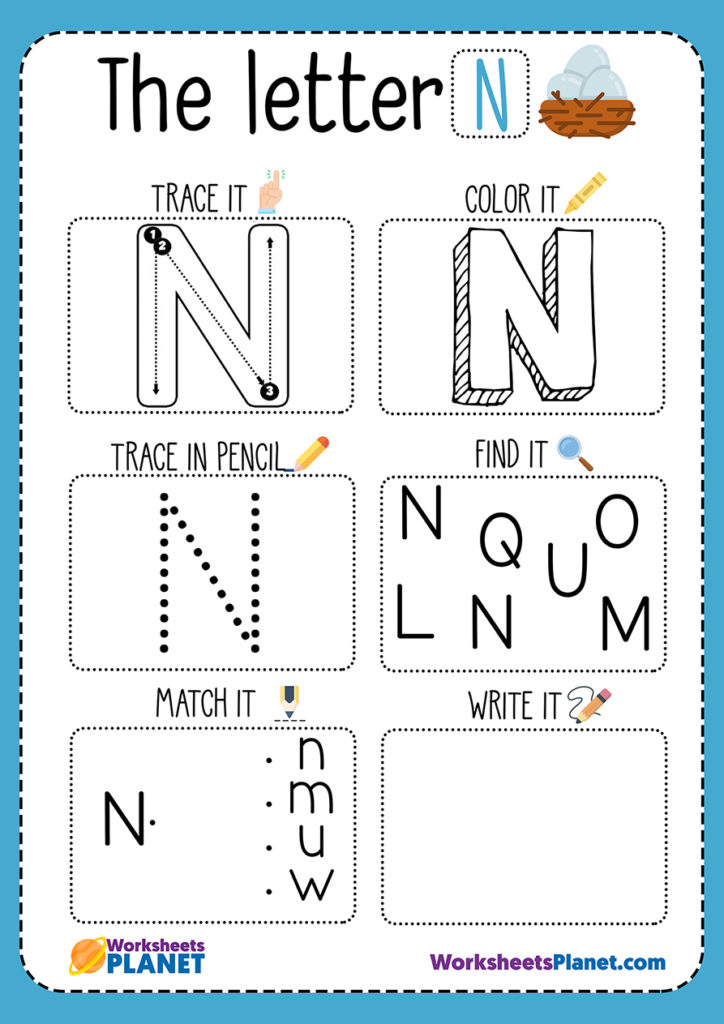 ..” Of course, it is nice to be respected, but no one has yet canceled a simple human greeting.
..” Of course, it is nice to be respected, but no one has yet canceled a simple human greeting.
- As has already been said, to spread with thought, that is, with thought, along the tree.
If you jump from one to another, learn to formulate thoughts, and if there is no time, hire copywriters and journalists - they will definitely help.
- Speak in a lifeless, dry language.
Leave all these “considering”, “if possible” to the officials - you don't express yourself like that in real life, so why should your addressee? Have pity on the person, write as simply as possible!
- At the same time, do not slide into familiarity.
There are two styles in business correspondence: personal and formal.
In personal communication, you communicate in the first person — that is, “I, Vasya Pupkin, I offer you…” In formal personal pronouns, as a rule, they are replaced by neutral-mean “The Horns and Hooves Company offers you…” Which style is closer to you and how it correlates with the field of activity of your addressee is up to you.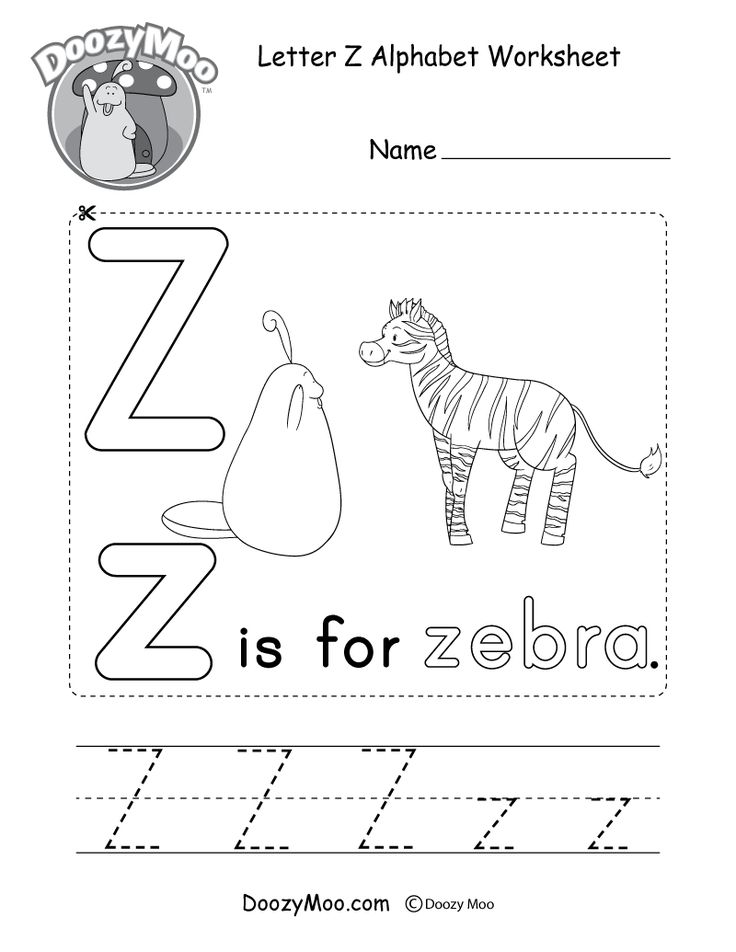
If your partner is a young modern person, feel free to write in the first person. If you need to communicate with government agencies, municipal organizations, it is better not to tempt fate and communicate neutrally. They will answer you - they are obliged! - but you can make a negative impression. Be relevant.
You can say a hundred times what a great offer and cool idea you have, but what's the point without proof? Business people are accustomed to operating with facts, they do not believe beautiful words and pictures. Figures, facts, specifics - that's your main weapon.
Imagine that you yourself receive a business letter from Vasya Pupkin. You open it, start reading, and there ... completely praising Vasya and his product. I'm happy for Vasya, you might think, but what's the point? But if Vasya tells how he can help you, what benefits he will bring and how soon the investment will pay off, then it will become interesting.
- Errors, typos, sloppy design (different font, no spaces) - no comments.
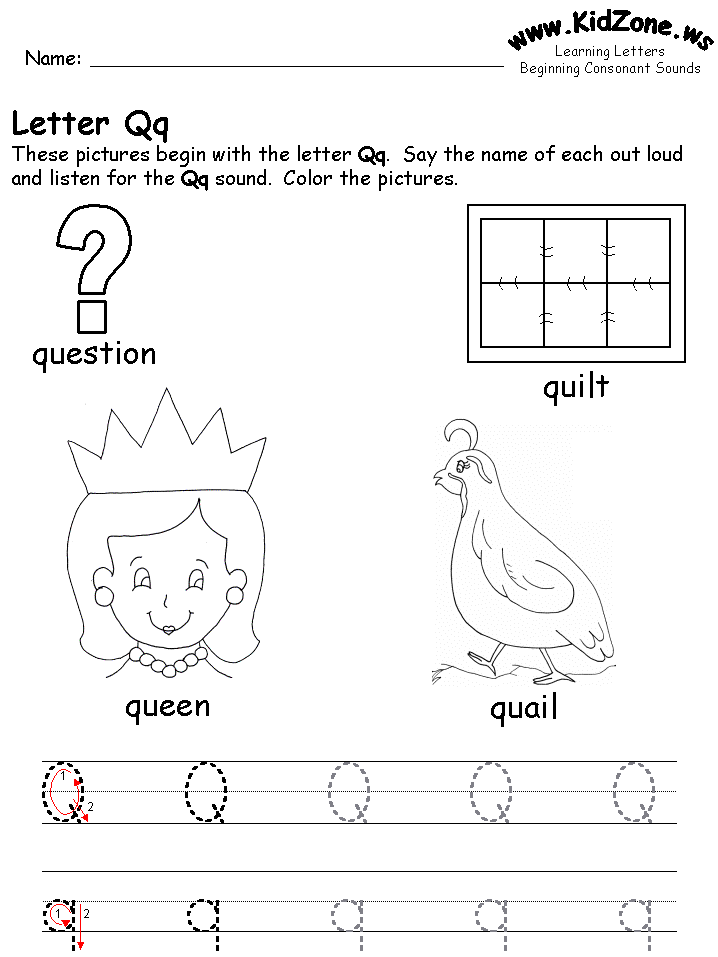
- Excessive use of slang.
Even if you and your addressee work in the same field with special professional slang, use specific expressions carefully. It is better to insert them into the text to a minimum, decipher abbreviations, explain the meaning of some words. Suddenly your interlocutor is 60?
We still hope for Vasya. Vasya is smart, he will not send out offers about his startup in the auto business to the owners of beauty salons. And how many Sing and Kol make such a mistake! How to create a base of addresses for sending commercial offers is well written in the article of our expert.
How not to and how to. Real example
And here it is - the most important question that the collective mind will now answer.
Editor Pavel Molyanov recently held a competition among the subscribers of his group in VKontakte called “Editor's High”.
Top 3 types of mistakes when writing business letters
Compiling a business letter is a serious process that requires attention, perseverance and thoroughness from its author.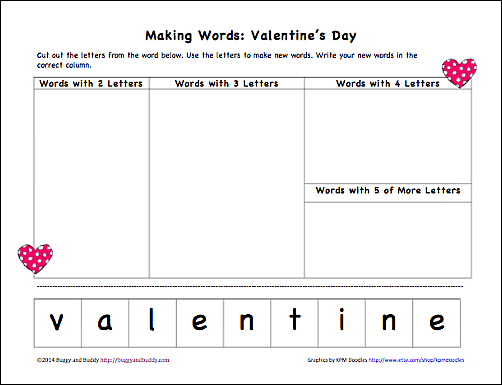 A well-written letter will make the best impression on the recipient of the letter, presenting its author as a serious and responsible person, which will inspire confidence in him. Errors in a business letter speak of negligence or illiteracy of the author, which ultimately makes a worse impression and causes distrust of the author.
A well-written letter will make the best impression on the recipient of the letter, presenting its author as a serious and responsible person, which will inspire confidence in him. Errors in a business letter speak of negligence or illiteracy of the author, which ultimately makes a worse impression and causes distrust of the author.
- Lack of business etiquette.
- Abuse of nomenclature vocabulary.
- Inefficient presentation of information .
1) The first mistake is the lack of business etiquette.
No matter what you feel towards the recipient of the letter (joy, fear, anger or other emotions), you must be restrained, polite and tactful. This is the generally accepted language of business communication, bordering on a balancing act between formality and the manifestation of ethical standards of behavior.
Many consider this language to be "dry". No, when you have to write a letter with a negative connotation (letter of demand, claim, statement of claim, etc.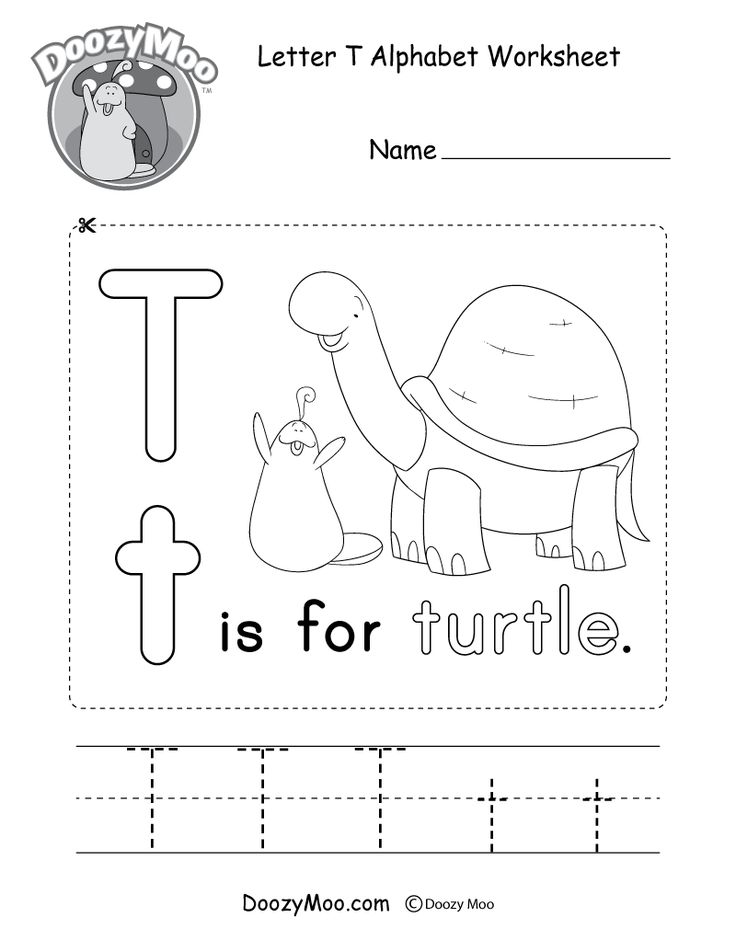 ), in this case you need to speak in the language of convincing facts and evidence. In order for the recipient of the letter to accept your point of view, feeling the power of persuasion and irrefutable proof of your innocence.
), in this case you need to speak in the language of convincing facts and evidence. In order for the recipient of the letter to accept your point of view, feeling the power of persuasion and irrefutable proof of your innocence.
- Here is an example of a well-written persuasive demand letter:
- ___________________________________________________________________
- "Dear Viktor Sergeevich,
JSC "X" in accordance with the Supply Agreement dated December 12, 2018 No. 31-1 delivered to you a batch of office furniture according to the invoice No. 123-1 dated December 17, 2018. The term of payment under the Agreement is ten days from the date of receipt of the goods by you.
In connection with the debt of your company to JSC "X" for the supply of office furniture, we ask you to pay the debt in the amount of 2,000,000 (two million) tenge by December 29, 2018.
If you fail to pay the debt within the above period, in accordance with clause 7.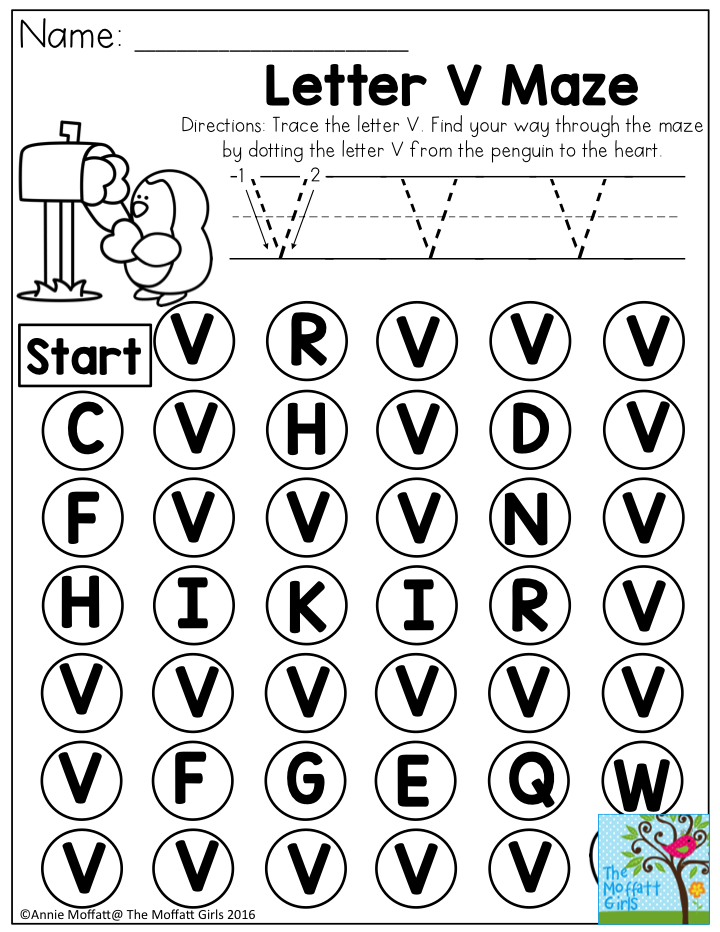 1 of the Agreement, a fine of 0.02% for each day of delay will be charged on the amount of overdue debt.».
1 of the Agreement, a fine of 0.02% for each day of delay will be charged on the amount of overdue debt.».
with respect, ...
________________________________________________________________________
2) The second common mistake about is the abuse of nomenclature vocabulary, professional terms, abbreviations.
This means that all nomenclature words, abbreviations and terms can be in the letter, but in reasonable doses and understandable to both participants - not only to the author, but also to the addressee. Examples of nomenclature vocabulary: ISO standard (International Organization for Standardization), JSC (joint stock company), ZIL-130, SP-6M electric drive, A-76 gasoline (brand) and so on.
- Here is an example of a business letter in which the author (in this case, the state body JSC "GIT") abuses the use of nomenclature words:
- ___________________________________________________________________
- » Dear Viktor Sergeevich,
- JSC "GIT" (state information technologies) apologizes for the inconvenience and informs you of the following at your request.
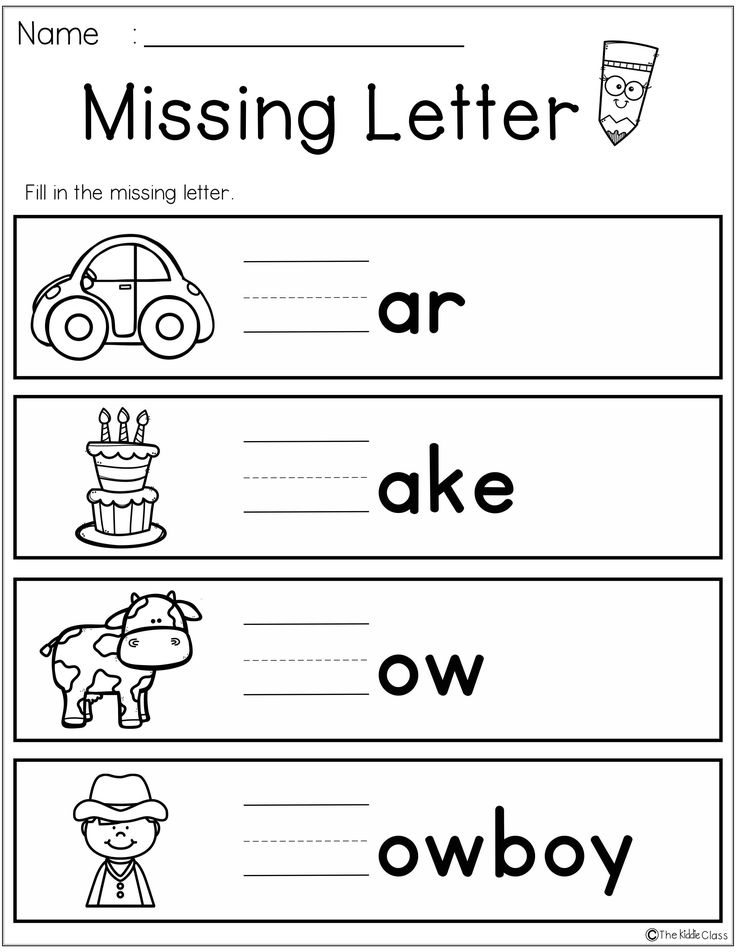
During PPM (planned preventive measures) in order to improve IBKP (information security of portal components) , work was carried out with the program code for service "OG" (citizens' appeals).
In this connection, one of the service functions was unavailable — VG (unloading messages), from 06.50 am on November 5 to 12.45 am on November 8 of the current year. Currently, JSC "GIT" has established the service "OG" and "OG" is operating normally.
Note, as you know, the maximum consideration period is "OG" state. bodies, in the absence of exceptional cases, by law should not exceed 15 days.
with respect, …»
_________________________________________________________________________
information)
A large amount of information prompts you to put the document aside and send it to the basket; too little information sometimes does not reveal the essence of the problem.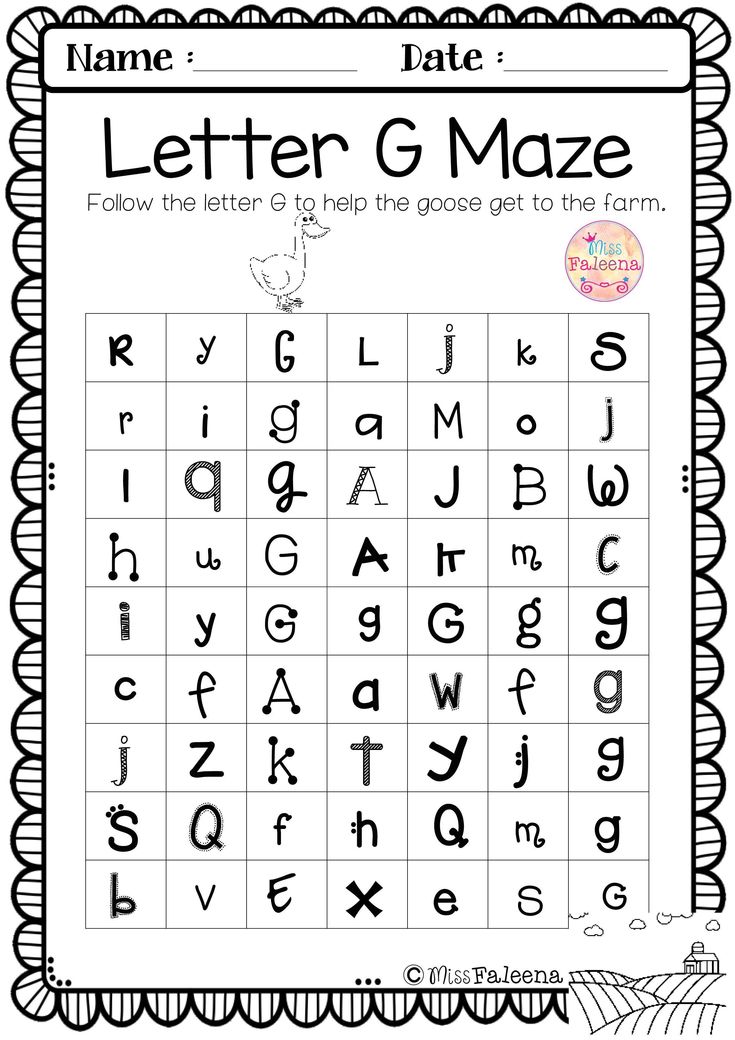 Therefore, to achieve the goal of the letter, it is necessary to follow one of the principles of drafting documents - a minimum of words with a maximum of information.
Therefore, to achieve the goal of the letter, it is necessary to follow one of the principles of drafting documents - a minimum of words with a maximum of information.
- Here is an example of an ineffective email with too much information:
- ________________________________________________________________________
- “Dear Irina Nikolaevna!
JSC "N", the largest European company - a provider of documentary services, offers you services for the storage and disposal of documents. These services will allow your company to significantly reduce the cost of working with documents.
Russian law requires companies to retain accounting and management records for five years, make them available on demand, protect them from unauthorized access, and then destroy them under strict confidentiality rules. Working with documents requires space, people, resources. You can free up that space, free up people and resources, and save hundreds of thousands of euros every year by outsourcing your company's archive to us.
JSC "N", a leader in the field of documentary logistics in Europe, introduces a range of services for archival storage and confidential destruction of documents to the Russian market: • warehousing of documents; • archival search; • restriction of access to documents; • Destruction of documents after the expiration of the term - in full accordance with Russian law.
JSC "N" manages the archives of hundreds of thousands of companies throughout Europe. Under our management are the archives of the largest European banks ABC and XYZ. On average, JSC “N” customers save 200–300 thousand euros per year on the storage and disposal of documents. Indirect savings due to the optimization of workflow procedures amount to an additional 100 thousand euros per year.
We are sure that our services will be useful for your company. Our specialist is ready to come to your office and provide all the necessary information. Please let me know at what time it would be convenient for you to make an appointment.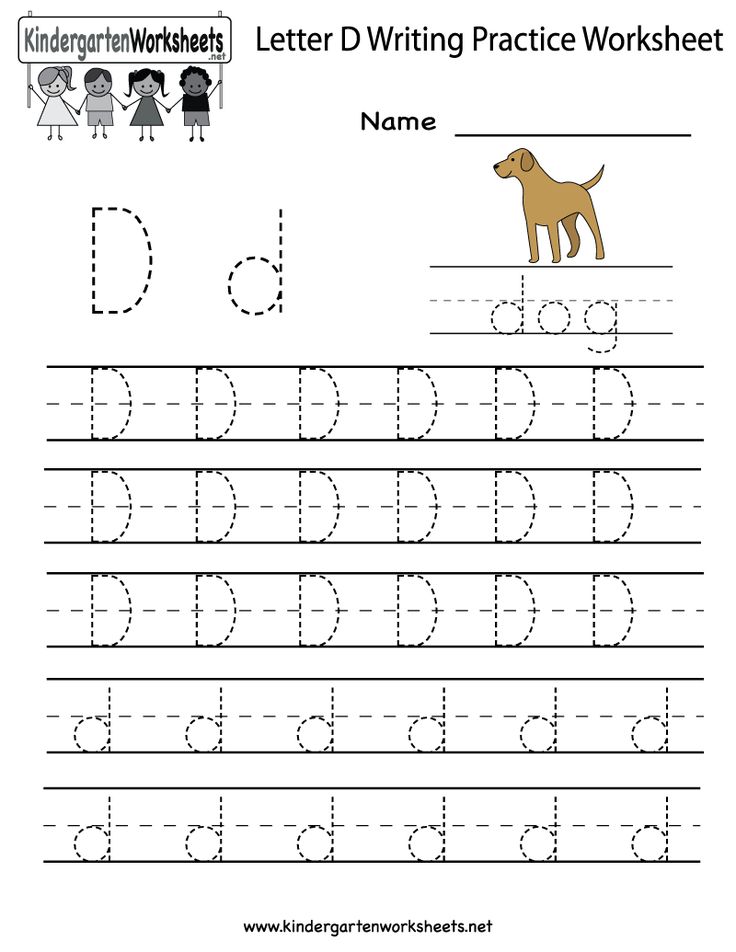
- We will be happy to consider all options and offer your company the best solution.
- regards,…”
- ________________________________________________________________________________
- What mistakes were made by the author of this letter?
- The first error is a long text with redundant information.
- Second error - inefficient submission, no positive response. The author "pulls the blanket over himself", praising himself. That is, the author does not focus on the addressee, on his pains and needs.
- Here is an example of a modified letter that will be most effective and will cause a more positive response from the addressee:
- _________________________________________________________________________
- “Dear Irina Nikolaevna!
- JSC "N" is pleased to offer you services for the storage and disposal of documents, which will allow your company to significantly reduce the cost of working with documents.
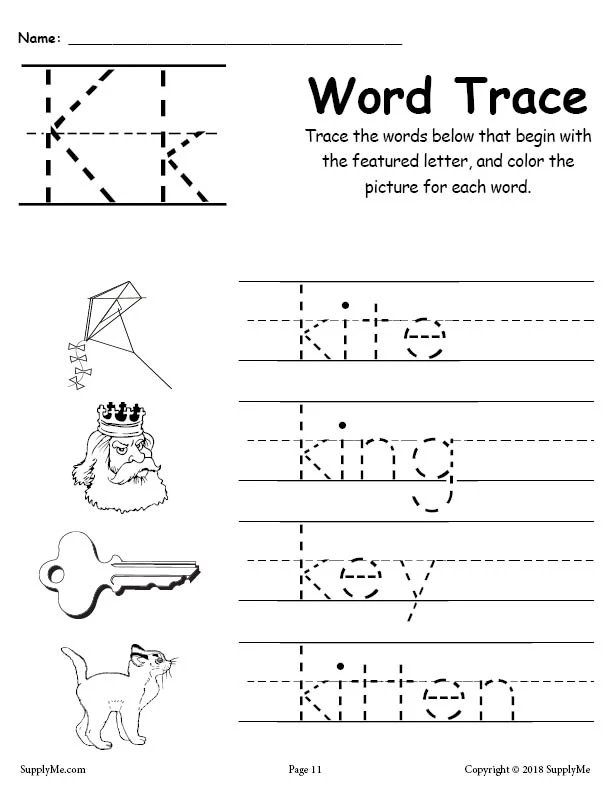
Under Russian law, companies are required to keep internal documents for five years and, upon expiration of the retention period, to destroy them under strict confidentiality rules. Perhaps your company has to spend huge resources on the maintenance of space and personnel for the storage of documents.
Entrust us with maintaining the archive of your company, as we manage the archives of hundreds of thousands of companies throughout Europe and we manage the archives of the largest European banks ABC and XYZ.
We guarantee you the safe storage of archival documents and their confidential destruction in accordance with the legislation of the Russian Federation.
You can free up space for document storage, free up people and resources and save hundreds of thousands of euros every year.
We hope that our services will be useful for your company. Our specialist is ready to come to your office and provide all the necessary information at the most convenient time for you.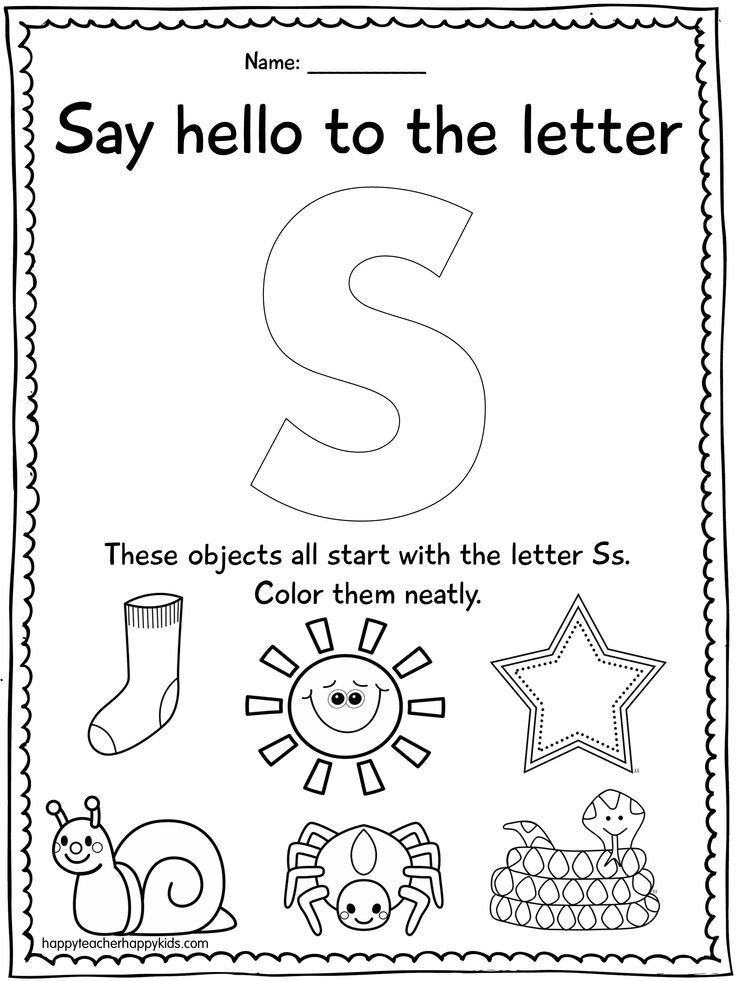 We will be happy to consider all options and offer your company the most optimal solution.
We will be happy to consider all options and offer your company the most optimal solution.
Yours faithfully, …»
12 rules of the business letter of business correspondence
- Never forget about politeness. As already emphasized above, it is important if you are interested in business correspondence
- Phrases such as “glad to cooperate”, “thank you for your attention”, “sorry for the trouble”, “we will be glad to see you”, “would you keep us company” and others. The last two, by the way, refer more to invitations to corporate celebrations than to a business letter.
- Always add “please”, “thank you”, “please”, etc., as a sign of respect, where appropriate.
Equally important in the process of writing business letters is a person's literacy. More precisely, if you make at least one elementary mistake in the process of creating a letter, you can say that the interlocutor will form a completely different opinion about you than what you expect
Therefore, try to write as correctly as possible and check everything several times. If you don’t know how to find errors and fix them yourself, use the services of a proofreader or specialized services. This is very simple, but it will allow you to be confident in your text.
If you don’t know how to find errors and fix them yourself, use the services of a proofreader or specialized services. This is very simple, but it will allow you to be confident in your text.
Requirements for a letter
So, the rules of business correspondence say that all letters must be, first, brief. This is the main rule that it will be read. Agree, we all do not like when we are loaded with a large amount of information.
If it's a business letter, it doesn't have to be huge, in which case it might just be ignored.
If you can't shorten the information right away, do it after you write the first draft of your letter.
Secondly, your partner (participant in the correspondence) must understand what is at stake. That is, the letter should be made informative and understandable. It should contain the information that you would like to convey in such a way as to avoid additional questions and not waste time clarifying the details.
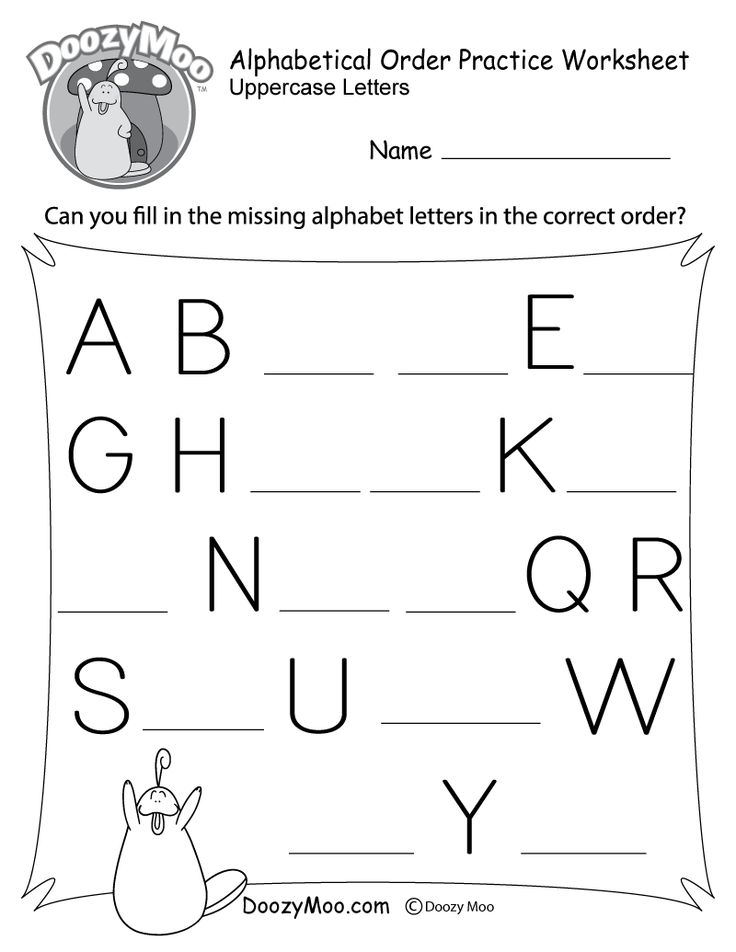
Third, make the letter as respectful as possible to your partner or company employee who will be reading it. It's true - the more respect you show to your interlocutor, the more likely that he will properly respond to your request and, in the end, you will achieve the desired effect.
Understanding abbreviations
- EOB (end of business day) → end of business day.
- SOB (start of business day) → start of business day.
- EOQ (end of quarter) → by the end of the quarter.
- TBD (to be determined) or TBA (to be announced) is used when the time or date information is not yet known.
- PTO (paid time off) → holiday.
Most Common Mistakes in Business Correspondence - Hussle
Many customer service managers complain about the low level of business communication among the company's staff. Most often, they point to errors in e-mail correspondence, which can negatively affect the image of the organization.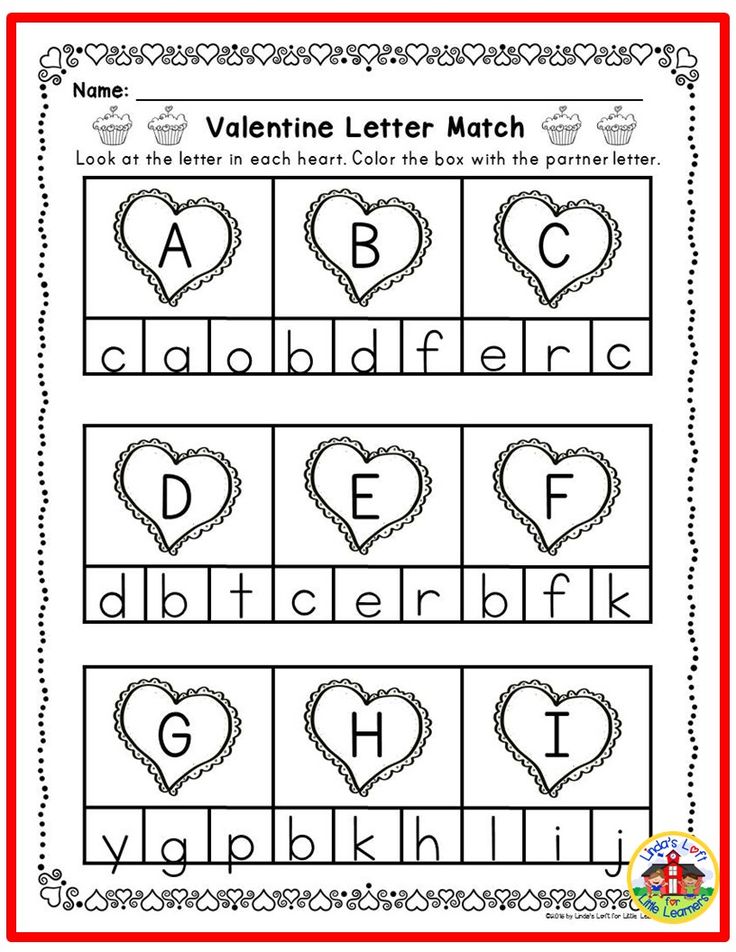 Experts identify some of the most common shortcomings that employees make when compiling and sending business letters.
Experts identify some of the most common shortcomings that employees make when compiling and sending business letters.
Sending a letter to the wrong addressee
Sending a letter to the wrong address is a fairly common mistake that occurs due to the employee's banal inattention.
If your e-mail was delivered to a colleague or a stranger, then in the next message you need to apologize to him for your mistake.
The situation is aggravated if the letter contained valuable information and left, for example, one of your clients or partners. Thus, the recipient can access confidential information.
To prevent this from happening and keep all corporate secrets inside the company, check the address and name of the recipient before sending the message. It is best to say them out loud so as not to be mistaken.
Lack of specifics
Many employees do not know how to convey information in a concise and accessible way.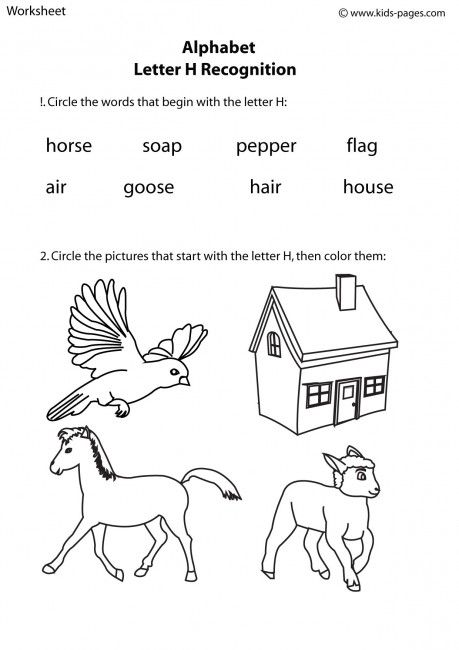 As a result, their letters turn into a jumble of words behind which it is difficult to find meaning.
As a result, their letters turn into a jumble of words behind which it is difficult to find meaning.
Such messages annoy the recipients, because they have to spend time deciphering the message.
For this reason, before writing the text, the employee needs to ask himself the question: “What do I want to say in the letter?” The answer should fit in a few phrases - just such a message, short and clear, your colleagues are waiting for.
It is best to state the main topic at the very beginning: "I am writing to discuss cooperation between our companies before the end of this year." In this case, the reader will immediately pay attention to your message and he will not have to decipher the meaning of the message on his own.
Use of jargon or incomprehensible abbreviations
Employees often use jargon or abbreviations that only their colleagues understand. But if their presence in personal correspondence is justified, then in business communication such phrases are unacceptable.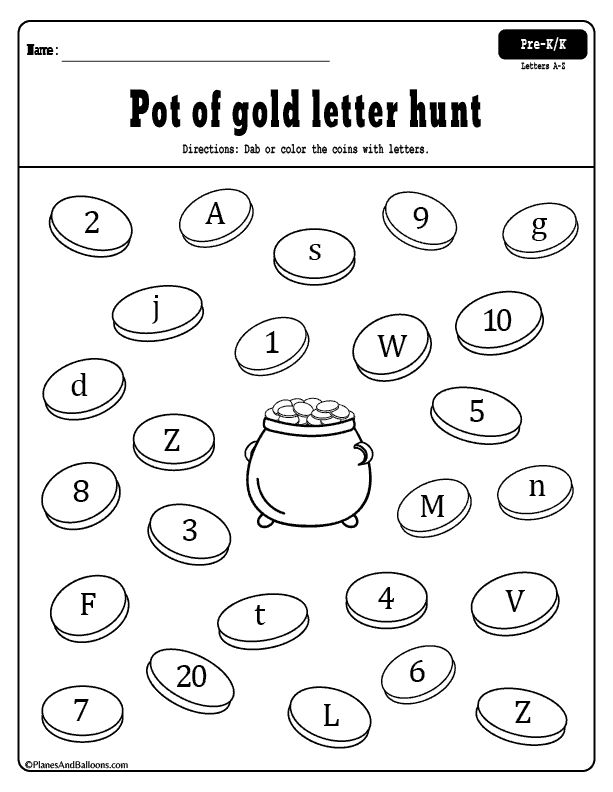 A letter written in professional or other jargon is a sign of disrespect for the interlocutor, who will have to make an effort to understand the meaning of the message.
A letter written in professional or other jargon is a sign of disrespect for the interlocutor, who will have to make an effort to understand the meaning of the message.
Here are examples of two messages. The first is quite acceptable for personal correspondence: “I propose to meet at the Central Organ, in the 205th, at 18:30. Take the assignment and get ready to sit until closing." Close colleagues will be able to understand what is at stake.
But will strangers who are not privy to the intricacies of your work guess? For this reason, the letter must be composed approximately as follows: “Colleagues, I propose to meet at the central office, at 18:30, in room No. 205. Take all project materials with you.
Most likely, our meeting will last until 9-10 pm.”
Forgetfulness
Email correspondence is like a dialogue. Imagine that you ask the interlocutor a question that he does not answer and continues to ignore for a long time.
How will you feel at this moment? A timely response to a letter is not only a sign of respect, but also a significant part of the business process.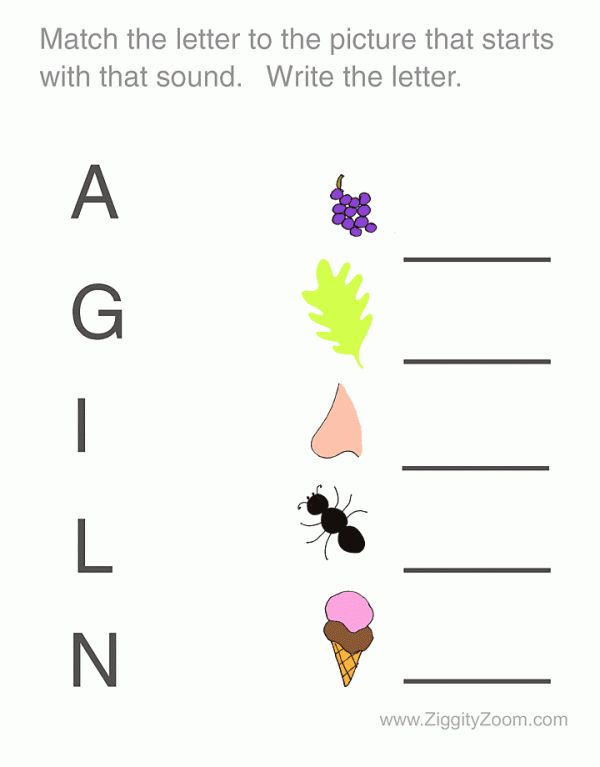
Don't let your colleagues down if a project depends on your message.
Large paragraphs in the text
"One paragraph - one thought" - according to this principle, it is necessary to compose a business letter. This approach is especially relevant in our age of short messages, which are filled with social networks.
Today no one likes long texts, so at best your message will be viewed but not given enough attention.
If you want to get thoughtful reading from the addressee, then break the text into small paragraphs and do not overload each of them with information.
Grammar and spelling errors
Modern office programs help employees compose literate letters. However, you should not rely on them completely, especially if you use professional terms in the text.
To feel more confident when writing a message, look up online dictionaries and reference books, as well as find information on grammar and spelling on specialized sites.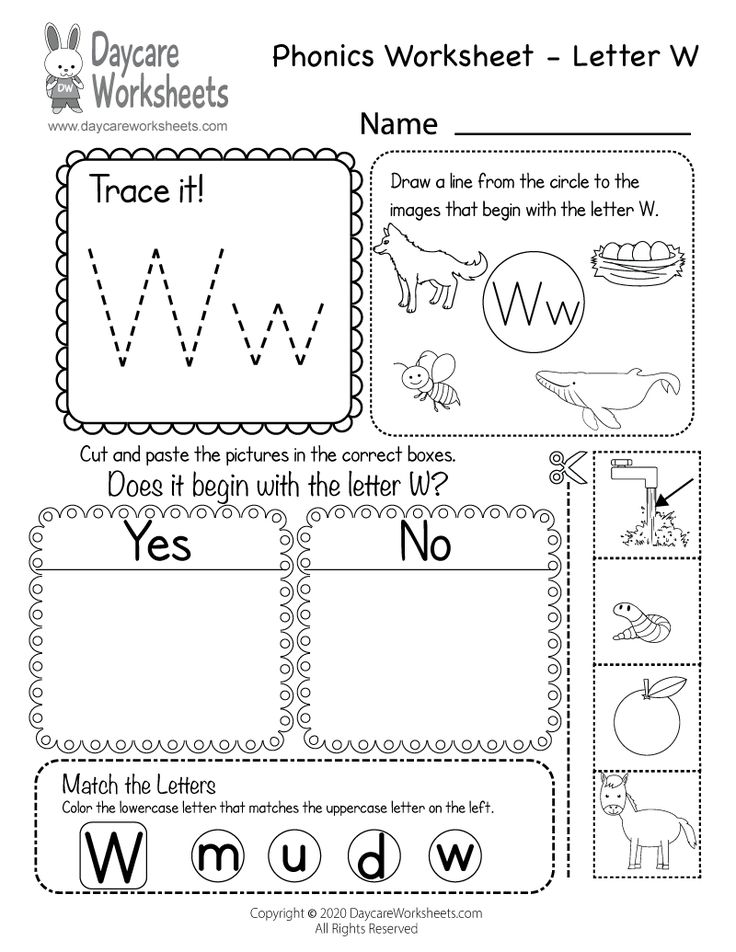 If a colleague or boss points out a mistake to you, don't be discouraged.
If a colleague or boss points out a mistake to you, don't be discouraged.
Treat this as valuable and timely information that needs to be applied to avoid future omissions.
Communication styles between employees
10 mistakes you make in business correspondence
We write letters all the time, and in quarantine, many began to write them many times more - it is no longer possible to reach a colleague's table or gather for lunch with partners.
What mistakes often occur in business letters and how to avoid them? The “Tsekh” asked Anastasia Lander, the author of the “Write Yourself” course at InLiberty, to understand the intricacies of the correspondence.
Using the promo code PISHEMTSEH you can enroll in a course with a 10% discount.
Vika Shibaeva / TSEKH
Vika Shibaeva / TSEKH
Indistinct subject line
You must have received letters with the subject “Documents”, “Invoice” or “IMG_4703”. Are they easy to navigate? No.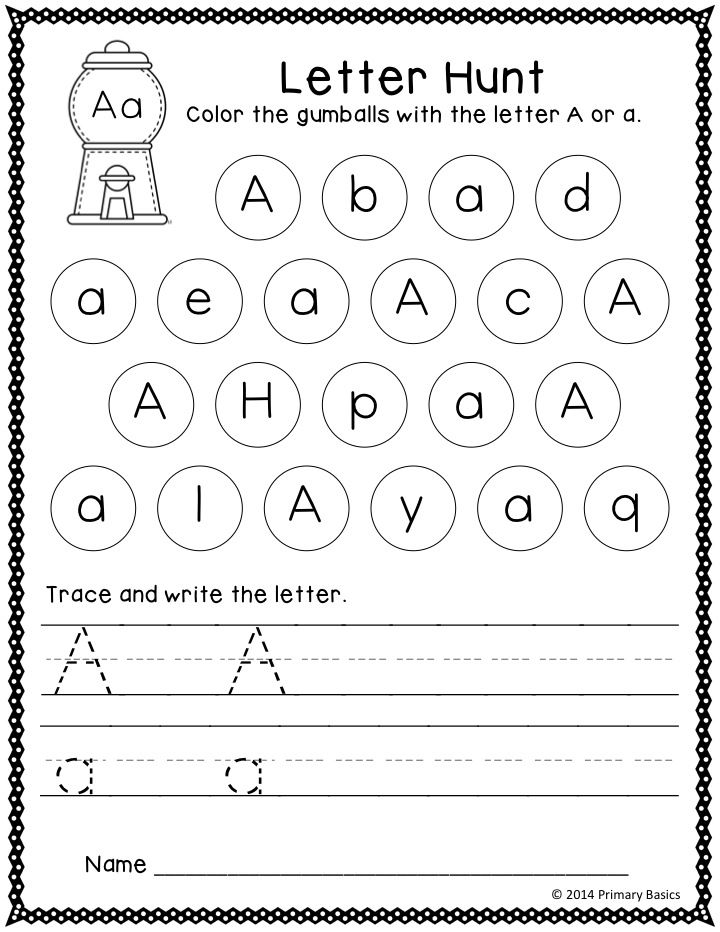 The subject of the letter should help the addressee to work with mail, and not confuse. Be sure to include an important date or time in the subject line if you mention it in the email itself. If you are scheduling a meeting, head the letter like this: "Meeting with Imyarek on September 10."
The subject of the letter should help the addressee to work with mail, and not confuse. Be sure to include an important date or time in the subject line if you mention it in the email itself. If you are scheduling a meeting, head the letter like this: "Meeting with Imyarek on September 10."
If you are sending a motivation letter to an employer or an HR manager, indicate which vacancy you are applying for, for example: “Graphic designer vacancy at Me and Sons – Semyon Petrov's resume”.
If you are sending the same documents, invoices or high-res pictures, then feel free to write: “Closing documents for the contract WY01 dated June 13, 2020”, “Invoice LC015 dated August 7” or “Illustrations for material about meditation”.
Take the trouble to write the whole words. How much time do you save on each pzhlst?
Familiar or too grandiose greeting
How do you usually greet the addressee - and do you greet? “Hi, Irin,”? “Dear Irina Sergeevna, allow me to testify to you my respect”? Or do you use the now famous and linguistically incorrect “Good day?”
To say hello, choose "Hello" or "Good afternoon" if you are not familiar with the recipients.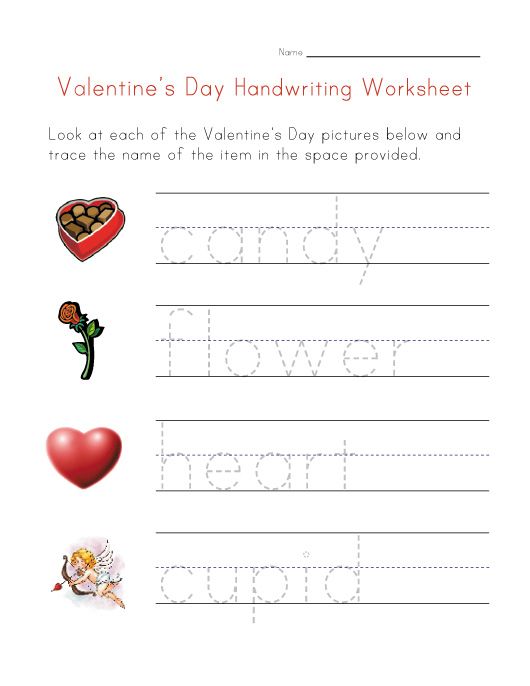 Try to find out whether your addressee's name is Natalia or Natalia - these are different names.
Try to find out whether your addressee's name is Natalia or Natalia - these are different names.
If Irina Sergeevna likes to be called by name and patronymic - excellent, you write everything correctly. But ornate things like “dear” and others, leave for diplomatic correspondence.
In a business letter, simply “Dear / dear” will suffice.
Lack of context
This is your first time writing to an addressee and you immediately get down to business:
“ Hello, Nikolai,
I need a presentation of your speech at a marketing conference three years ago. Come, please.
Regards,
Michael .”
With such an approach, there is little chance of getting the coveted prize from Nikolai. Give context!
“Hello, Nikolai,
let me remind you about myself: my name is Mikhail Markov, we met at the Red Apple conference three years ago and had lunch together during a break. I was impressed with your presentation and we discussed the cases you mentioned in the presentation.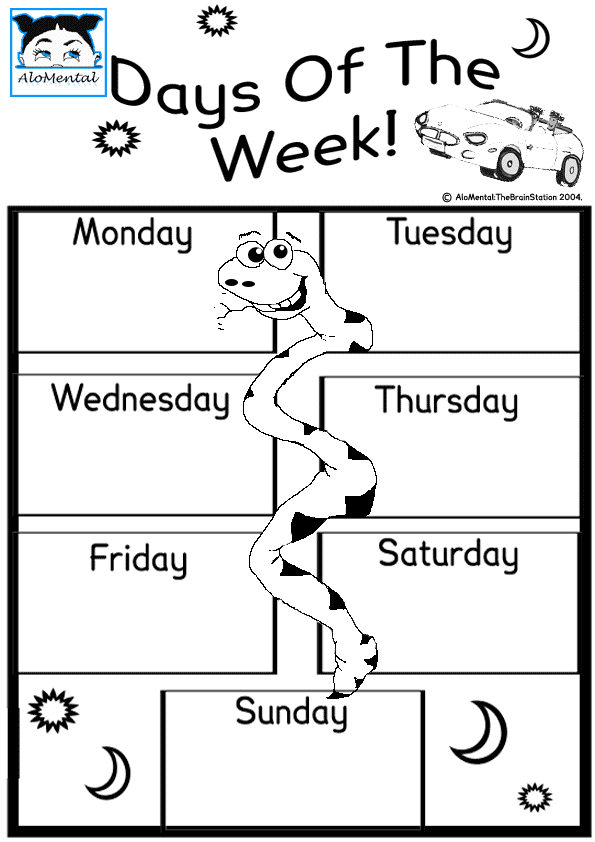 ”
”
And then you can politely make a request.
Template text
You are writing a so-called “cold letter”, offering your services to a potential partner, and to save your time, insert a description of your company's activities taken from a website into the text. It turns out something like this:
“We have sufficient experience of working with both large federal companies and small local companies. Our Clients are enterprises of various industries from different parts of our country, as well as near and far abroad.”
The reader is drawn to yawn. In order for your proposal to be studied, you will have to spend time and formulate the charms of your proposal in such a way that they are important to this particular addressee.
The question is not disclosed
You wrote a great text about yourself and your services, but there is no answer. Look at your letters critically - do they contain the wording of what you want to receive? Recipients must understand why you are writing to them.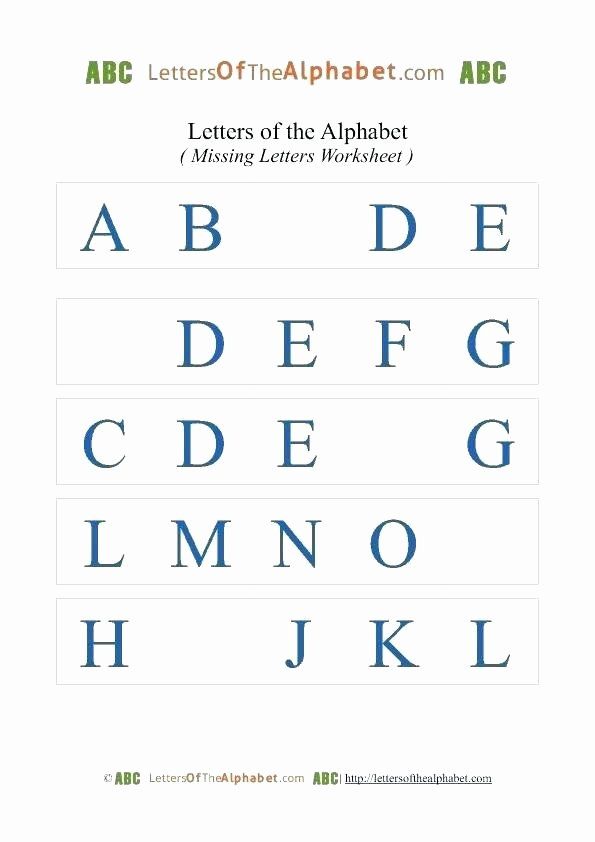
If you want to offer a service, apply for a job, get a quote, or clarify the details of a meeting, be sure to formulate it in a clear and concise proposal.
Let the recipient know what they need to do after reading your letter.
Lots of letters
You write excellent but very long letters. How else? After all, your startup is so unique, your services are cheaper than the market, and your track record outshines all the stars of the industry.
What to do? Leave the most important thing in the letter, and describe the details in the presentation that you attach to the letter.
Just be sure to mention that you have attached a document detailing the nature of your question.
Abbreviations, fawning, stationery
You have so many things to do that there is no time to explain. Therefore, in your letters there are no capital letters, commas, and full of abbreviations like “Sps”, “pzhlst”, “cat” instead of “which”. If it takes a long time to write a letter, it is better to take out the phone.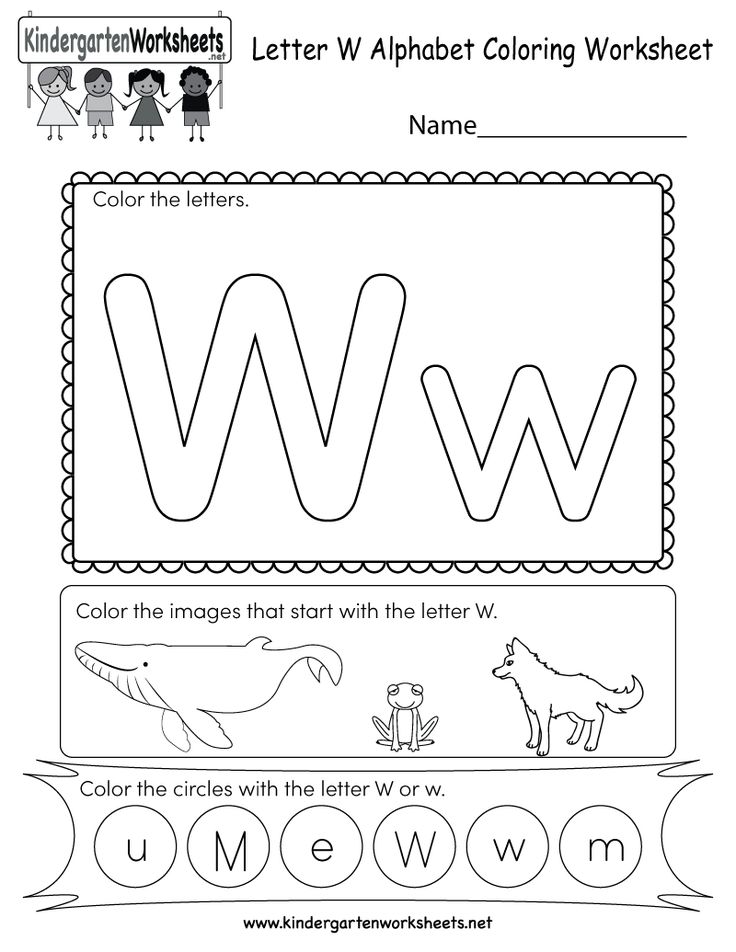
Otherwise, take the trouble to write the whole words. How much time do you save on each pzhlst?
You are very afraid of causing inconvenience to the addressee or showing insufficient respect, so you flavor your letters with all sorts of “tell me, please, did you have the opportunity to get acquainted with our presentation”. Don't do it like that - you put yourself in a weak, ingratiating, insecure position. There is nothing offensive in the question: “Tell me, please, have you seen my previous letter and presentation?”
You want your letters to sound weighty and solid, so write only like this: “Our services are unique in this market, and I am the best specialist with the necessary range of qualifications to best solve these problems and issues ”. Your diagnosis is bureaucratic. It is easy to pile up and difficult to unravel. Use active voice, break up long sentences, add understandable details to make the message valuable.
“We have developed a business letter template that is easy to adapt to motivational and cold letters of any style.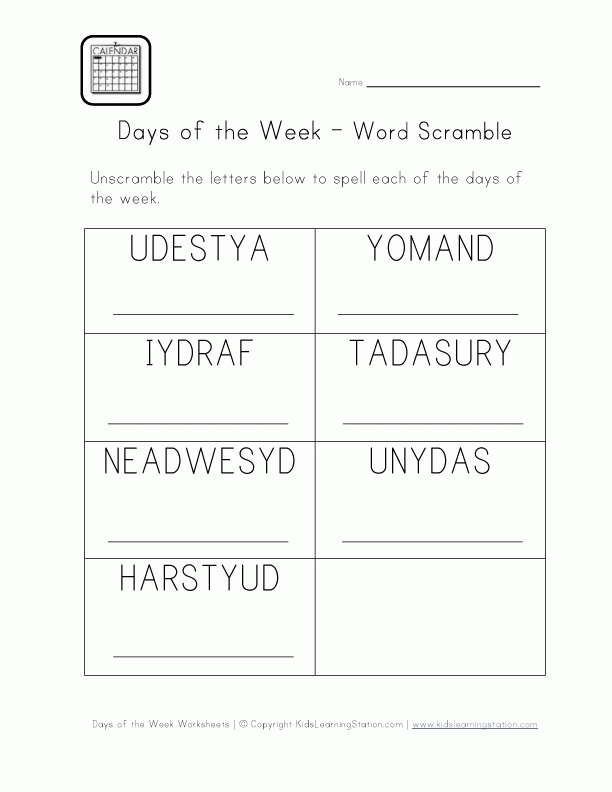 I have been writing business letters for 20 years now and thanks to my experience in international corporations I find the right answers to the most complex requests of clients and agencies.”
I have been writing business letters for 20 years now and thanks to my experience in international corporations I find the right answers to the most complex requests of clients and agencies.”
Wrong signature
It only has your name and mobile number, no country code. Or just email. Or there is no signature at all. Or it is eight lines long, including your office postal address, links to all social media accounts, website, company logo and mission statement, and a couple of quotes from the CEO.
Different companies may have different signature standards, and some of them can't be helped. But if you can write a signature yourself, look at it with common sense. It must contain:
- - your first and last name;
- - your email;
- - position - if you have one;
- - mobile phone - if you are ready to give it;
- - if you are an influencer - give a link to a key social network;
- - If your website is the main business platform, enter it.

- Everything else should be omitted.
Uncomfortable links, heavy attachments
Do you like to insert a long link into the body of the letter so that it takes three lines? Are you attaching PDFs larger than 5 megabytes to emails? Do you like to insert high-res photos right into the body of the email? Don't do this, please. Shorten links with special services, upload large files and photos to the cloud and give recipients a link with the access levels you need.
Problems answering
You wrote the perfect letter, and wow! - you have been answered. And for a week now you have not been able to gather your courage and continue the correspondence - you need to prepare a lot of data, think about the content of the letter, or you have been dragged into the routine. What to do? Keep a quick reply template handy for any email. It can be, for example, like this (select the elements you need):
“Dear / Dear Namer,
thank you for your answer.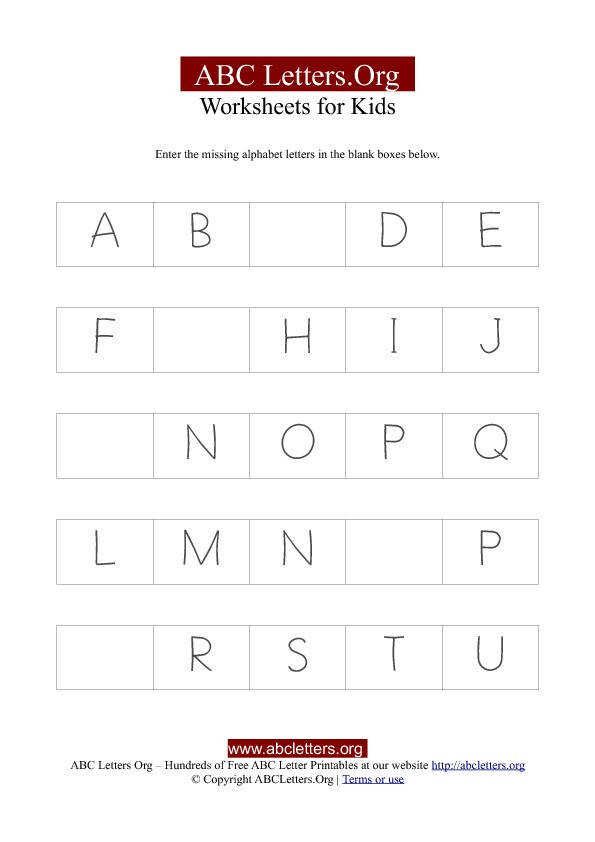
Learn more

